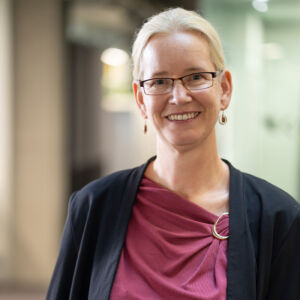Quantum Information and Quantum Technologies
What Rules the World?
Information appears to be a fundamental concept across many scientific disciplines. In classical systems, information can often be clearly defined and applied, as seen in classical computers or the human brain. However, our world is governed by quantum laws, where these seemingly successful classical concepts break down due to phenomena like superposition and quantum entanglement. These quantum properties open up novel possibilities, such as the security in quantum cryptography protocols based on fundamental laws and the revolutionary potential of quantum computation and information processing, exemplified by quantum computers. Bridging the quantum and informational frontiers starting from fundamental physics to applications is our mission.
How Can Quantum Entanglement Be Exploited?
Our research group focuses on the next generation of quantum computers, which leverage advanced quantum systems with an emphasis on exploring the potential of various types of quantum entanglement. We are developing quantum machine learning protocols and quantum cryptography protocols.
How Can Quantum Entanglement Be Exploited at High Energies?
At low energies, quantum entanglement—such as that provided by the orbital angular momentum of photons—already serves as a powerful tool for advancing emerging quantum technologies. However, investigating quantum entanglement at higher energies presents other challenges and currently the necessary technologies are beginning to emerge.
Our group, in collaboration with international partners, is contributing to this exciting frontier by studying how quantum information from two or three photons at high energies (e.g., 511 keV, which is higher than X-ray energies) can be extracted. One application of this research is e.g. in Positron Emission Tomography (PET) scans, where quantum information could be used to extract meaningful medical images from the human body. For example, these images could provide critical information about the staging of cancer. Achieving this requires a deep understanding of the quantum physics involved, as well as knowledge of human metabolism, measurement devices, and image reconstruction techniques. This is truly an interdisciplinary endeavor.

 Beatrix C. Hiesmayr
Beatrix C. Hiesmayr